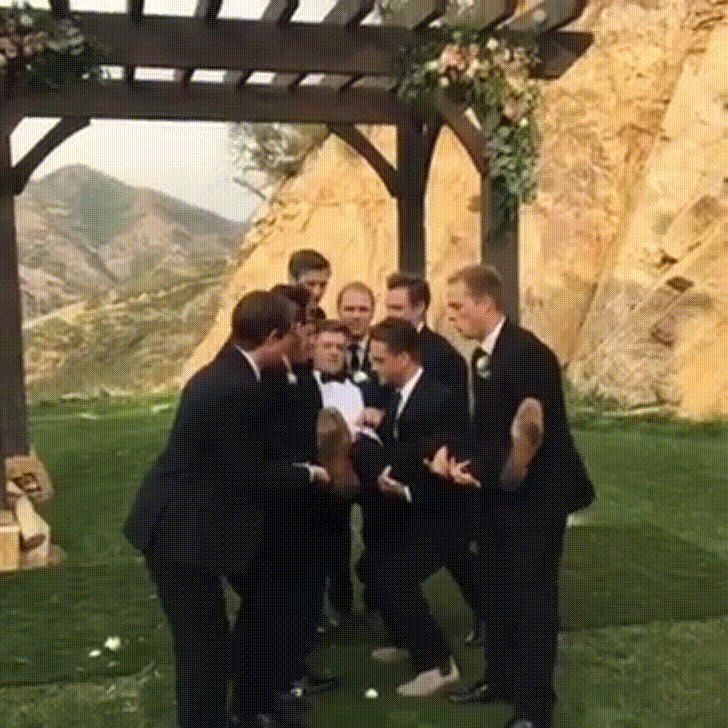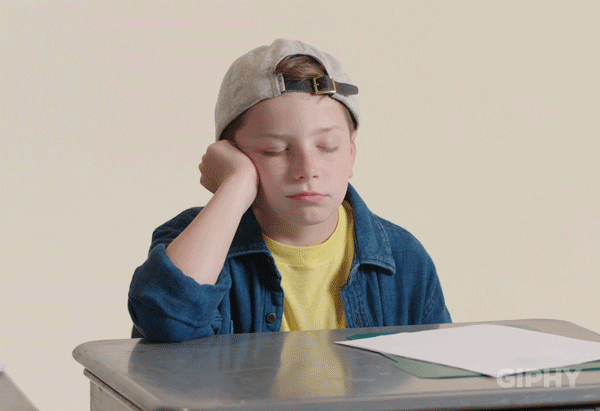The power of using a visual agenda for your meetings

The only way to have a good meeting is to have a great agenda. Planning a meeting without one is like being invited to a wedding and only knowing that it starts at 1pm. You have no idea what the dress code is, or if you're ever going to be fed. You just show up, confused and hungry, and wondering if the bride even remembers you.

But not all agenda tools are made equal. For example, you can use a google doc as an agenda. To continue with the wedding analogy, using a google doc as your meeting agenda is like showing up to a wedding with no schedule. When you ask, someone says "of course there's a schedule!" and directs you to the other end of the room... where everything is written down on a tiny piece of paper. You study it, but quickly forget all the details and probably won't look back at it again unless there's an emergency.
So, how do we get out of this mess? The answer is a visual agenda.
Visual agendas are not just "agendas that are written down somewhere." They are dynamic, interactive, and creatively designed to simultaneously keep everyone's attention and remind everyone of the topic at hand.
When you're using a visual agenda for your meetings, you will notice three key benefits:
- Your meetings will stay organized and focused
- Everyone will be engaged
- You will end on time (or even early)
Keeping your meetings organized and focused
When you create an agenda, you're setting an intent for a meeting that other people can understand. With a visual agenda, this is taken to the next level.

A visual agenda gives you a bird's eye view of your meeting. First, your goal will always be clearly presented where everyone can see. Then, when you're adding tasks and activities, you'll be able to quickly gauge whether you're setting everything up in a way that will lead to a great meeting. Getting a quick overview of the plan will help you make sure that all of the info is there, everything is in an order that makes sense, and that there are enough scheduled breaks, check-ins, or fun activities like icebreakers.
Keeping everyone engaged in your meeting
If you're not using a dynamic, visual agenda, then you're not keeping everyone engaged with the meeting process. One person is probably doing most of the talking, someone else is keeping an eye on the time, while everyone else is either awkwardly trying to get a word in, or silently praying for the meeting to end so they can get back to work.

But when you use a visual agenda, everyone stays actively engaged in the meeting process. Everyone in the meeting has access to see where they are in the schedule, and what's currently on deck. A dynamic, visual agenda also allows for interactivity, like rounds, meeting icebreakers, and group brainstorms. All of these activities give everyone an opportunity to participate, rather than letting one person dominate the meeting.
Ending on time, or ending your meetings early
With a visual agenda, you can wave goodbye to interruptive "time checks" and awkwardly asking "does everyone have an extra 15 minutes to keep talking about this?."
A dynamic visual agenda keeps you on track in 2 ways:
- Before the meeting even starts, a visual agenda provides an easy format for the person designing the meeting to make sure each topic and activity gets enough time scheduled.
- During the meeting, everyone can see where they are in the meeting to make sure they stay on track. Visual and audio cues make sure everyone sticks to the schedule.

The only way to have fewer meetings is to make better meetings.
We understand that meetings are essential, but also that so many teams are being caught up in the Meeting Vortex, and their time is being whisked away.
When you're having bad meetings, you're actually creating more meetings. But when you use a tool like Sesh to create organized, engaging, thoughtful, and inclusive meetings, you'll get more done in less time, making it easier to cancel the unnecessary meetings, and free up your day.

